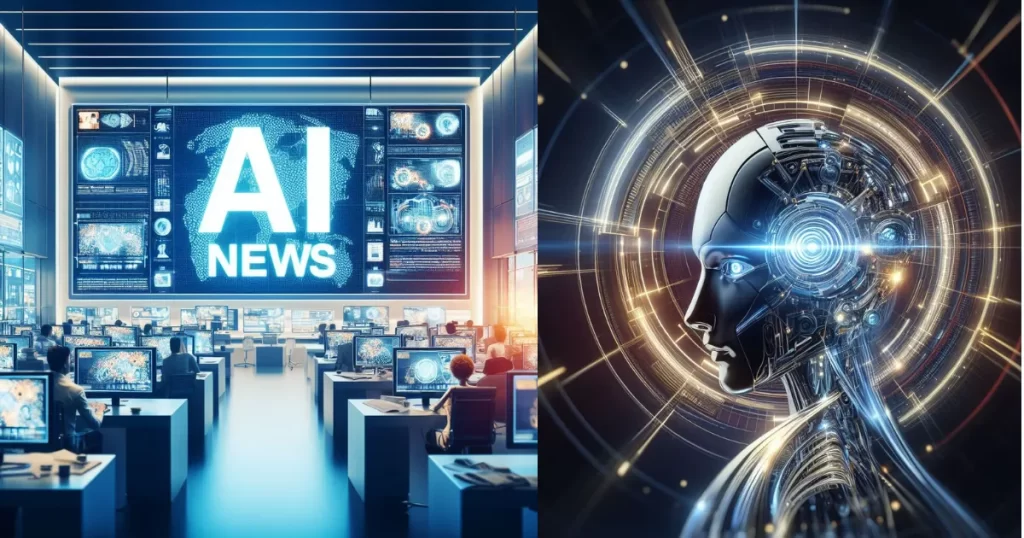Elon Musk has stated that Tesla’s new AI supercluster will grow to more than 500 megawatts (MW), making it one of the world’s largest. Musk also stated that Tesla’s next-generation AI processor is attaining exceptional performance.
Earlier this year, Tesla encountered difficulties when expanding its Gigafactory in Texas to accommodate a new huge supercomputer for training its AI systems. Initially, Tesla planned to build a 100 MW cluster by August. To achieve this aim, Musk suspended other Tesla projects and focused construction resources toward the expansion.
Commenting on recent drone footage of the Gigafactory development, Musk stated that the cluster’s power and cooling capacity will increase to 130 MW this year and eventually exceed 500 MW during the following 18 months. The new supercluster will use a combination of Tesla’s AI gear, Nvidia’s processing power, and other providers.
Internally, Tesla has referred to this program as the “Dojo project,” a reference to their in-house supercomputer technology. However, Musk’s latest remarks confirmed that the supercluster will be made up of Tesla’s own hardware and Nvidia’s computer capacity. He also suggested that some of Tesla’s HW4 computers may be utilized for training reasons.
Typically, “HW4” refers to Tesla’s in-car computer, which is outfitted with a custom-designed processor, whereas “Dojo” is connected with training AI models, including those in this new supercluster.
The announcement elicited varied reactions. According to several comments, Musk’s statements had little effect on Tesla’s stock price. One top commenter remarked that Musk frequently makes dramatic predictions that do not always come true, noting previous promises regarding Cybertruck delivery, robotaxis, and humanoid robots. Given Tesla’s many initiatives and frequent staff changes, the commenter questioned the company’s capacity to match Nvidia’s chip production skills.
Electrek believes Tesla’s AI initiatives still lack commercial trust. Despite Musk’s declaration at a recent shareholder meeting that Tesla now has AI processors comparable to Nvidia’s, Nvidia remains the world’s most valuable corporation. Tesla’s stock did not respond to Musk’s news, likely due to the company’s history of routinely predicting complete self-driving capabilities by the end of the year, a target that has not been realized in the previous five years.
To achieve market trust, Tesla must demonstrate major gains in its Full Self-Driving (FSD) technology with each subsequent update. Although the new supercluster has the potential to expedite these developments, Musk recently indicated that Tesla’s computer capability is not currently limiting their AI training. This raises several questions regarding the causes delaying FSD progress.
In conclusion, while Tesla’s aim to build its AI supercluster to over 500 MW is ambitious and might propel the business to the forefront of AI processing power, the market remains wary. Consistent and verifiable improvement in AI and FSD capabilities will be critical for Tesla’s reputation and investor trust.
Source: Fred Lambert’s Electrek article from June 20, 2024. You can check out the full article here.

I’m Voss Xolani, and I’m deeply passionate about exploring AI software and tools. From cutting-edge machine learning platforms to powerful automation systems, I’m always on the lookout for the latest innovations that push the boundaries of what AI can do. I love experimenting with new AI tools, discovering how they can improve efficiency and open up new possibilities. With a keen eye for software that’s shaping the future, I’m excited to share with you the tools that are transforming industries and everyday life.

